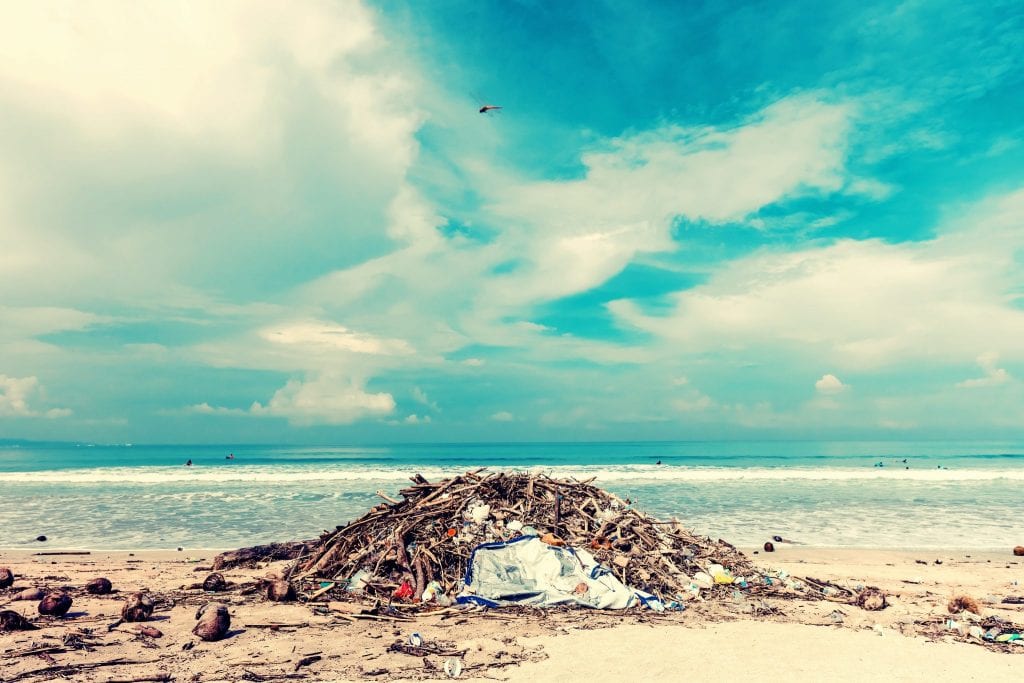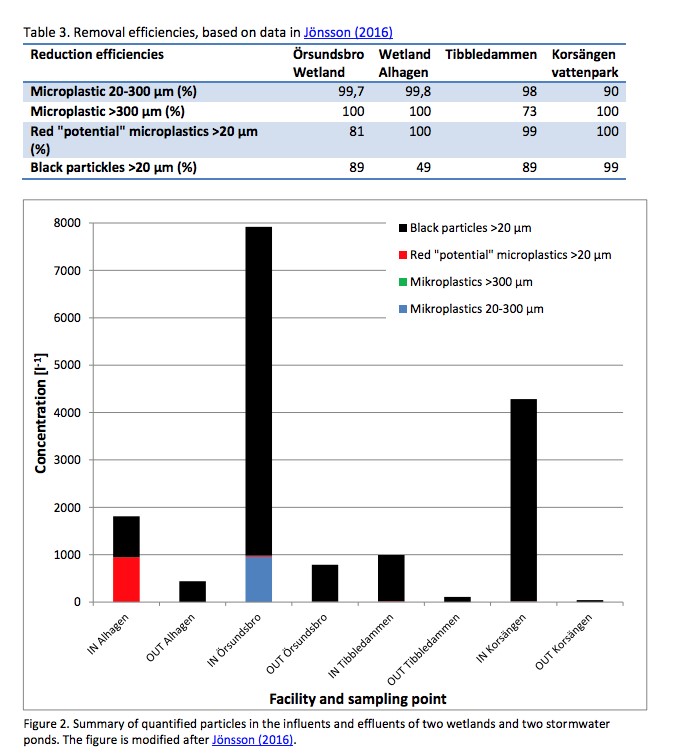Today plastic is a vital raw material, integral to the manufacture of everyday products. Ten years ago, the plastics industry accounted for more than 1.4 million jobs in over 62,000 companies across the European Union. However, their disposal on an ever-increasing scale results in significant global impacts on wildlife from marine environment pollution.
Microplastics are particularly problematic, and as the life cycle comes full circle, they bring adverse impacts on humans.
Microplastics come from multitudinous sources: synthetic clothing fibres, dust from tyres, road paints, and the breakdown of larger items. Microplastics encompass a broad range of sizes. Most often, they are defined as any plastic particle <5 mm. Drinking water is contaminated with microscopic fragments of plastic which are also purposefully manufactured for numerous applications, such as exfoliants (microbeads) in personal care products. This material, along with plastic microfibers from machine-washed clothing is directly released to the environment in municipal effluent. Although a wastewater treatment plant (WWTP) can reduce the microplastic concentration of effluent by >98%, an excess 65 million microplastics can still be released into the receiving water
daily.

Due to their hydrophobic surface, microplastics can adsorb and concentrate hydrophobic organic contaminants (HOCs) such as polycyclic aromatic hydrocarbons (PAHs), organochlorine pesticides and polychlorinated biphenyls (PCBs) to a high degree. They accumulate heavy metals such as cadmium, zinc, nickel, and lead. These plastic particles can reach our stomach, getting entrapped in the stomach and intestinal lining or move freely in body fluids such as blood, thereby reaching various organs and tissues of the body. While numerous studies have shown negative effects of plastics on the nervous system, hormones, immune system together with the cancer-inducing property of plastics are already well known, scientists are now trying to understand how the basic machinery of the body interacts with plastic particles.
What is the impact for SUDS and Green Infrastructure – Can this be a potential solution?
The high MP concentrations found in urban stormwater call for concerns due to the often large and untreated stormwater volumes released to recipient waters. There are growing concerns about microplastic (MP) pollution in the marine environment, potentially the largest upcoming environmental threat (Depledge et al., 2013; ). When MPs are released to e.g. the Baltic Sea they can stay there for up to hundreds of years due to their slow degradation and the low water exchange with the North Sea (HELCOM, 2010; Lassen et al., 2015). Due to the growing use of plastic products (PlasticsEurope, 2015), the MP concentrations in the oceans will only get higher if actions are not taken. Due to for example heavy rains, overflows are known to sometimes occur in the WWTPs which means that large amounts of untreated sewage can be released (Lassen et al., 2015). This not only results in large releases of MPs to the recipient waters, but also greater releases of heavy metals and eutrophicating nutrients (Henze, 2008).
Tyre wear particles are estimated to be a large fraction of microplastics in storm water runoff that leads to the environment. If bioretention cells or rain gardens were added to storm drains, we reduce the amount of tyre wear particles that are entering urban watersheds. By increasing the number of research programs that consider the diversity of microplastics to inform sources, we can educate decision‐makers of the most relevant sources of microplastics on which to focus.

European studies have demonstrated the efficiency of SUDS features to remove a wide variety of sizes of microplastics:

The potential of SUDs tree pits and raingardens to contribute to the mitigation of these MPs is critical if we are to safeguard the health and wellbeing of future generations and the natural environment. Our raingarden project in Greener Grangetown is being monitored by local academic institutions and consultancies to provide accurate data on the rate of microplastic removal through each intervention. Speaking to the lead drainage engineer and CIRIA SUDs champion, Ian Titherington Cardiff City Council he informed us that the current monitoring is producing promising results and that removal rates were more than the team had anticipated.
